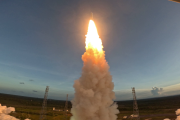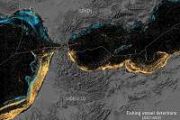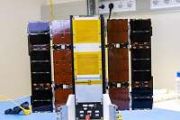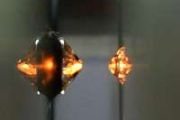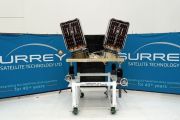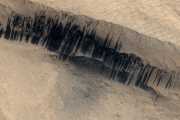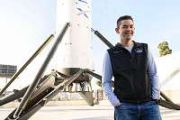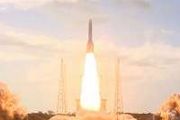
Copernical Team
Japanese space tourist says he would love longer flight
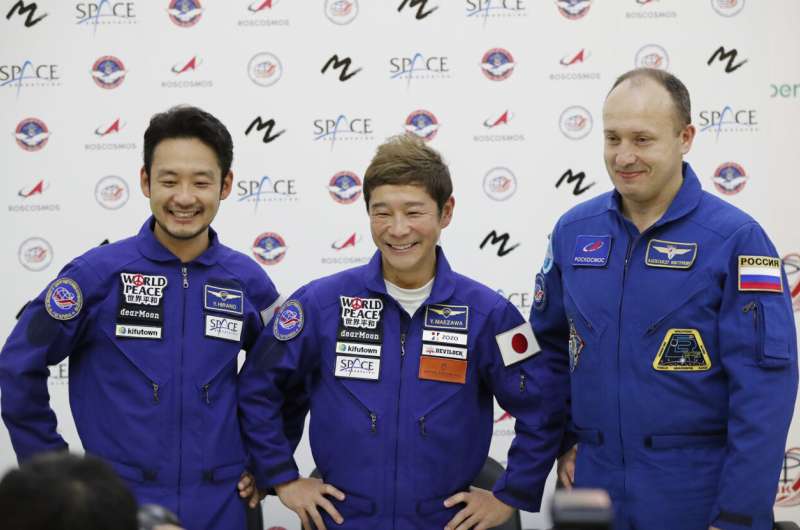
SpaceX is hoping to turn atmospheric CO2 into rocket fuel
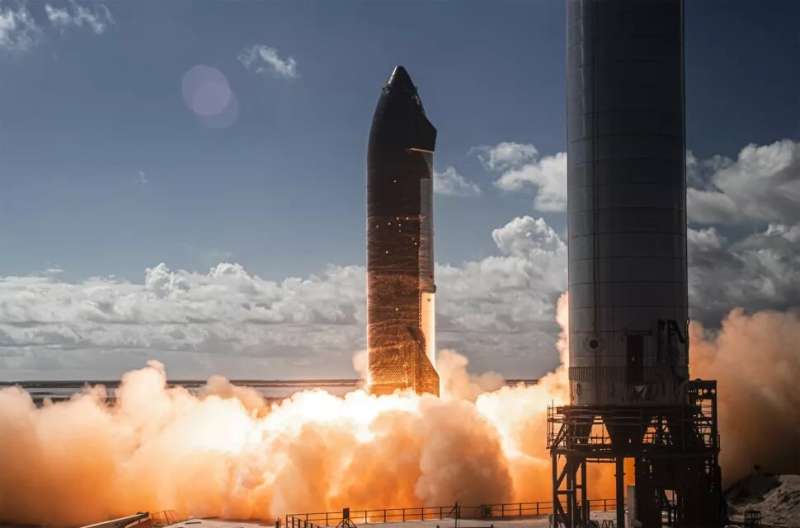
Earth is in the midst of a climate crisis. Thanks to rising CO2 emissions since the early 20th century, global temperatures are rising, triggering a positive feedback cycle that threatens to make it worse. According to recent analyses, even if the industrialized nations agree to slash carbon emissions drastically, global warming will not begin to slow until mid-century. For this reason, emission reduction needs to be paired with carbon capture to ensure we avoid the worst-case scenarios.
Meanwhile, there is a significant outcry from the public concerning commercial space. Whereas advocates like Elon Musk argue that increasing access to space is key to our long-term survival, critics and detractors respond by stating that commercial space "steals focus" from Earth's problems and that rocket launches produce excessive carbon emissions. In what could be a response to these challenges, Musk recently announced that SpaceX would be starting a carbon capture (CC) program to create propellants for his rockets.
The CC process begins with the removal of CO2 from the atmosphere through air scrubbers, absorption, chemical catalysts, or other methods.
James Webb telescope: How it could uncover some of the universe's best-kept secrets
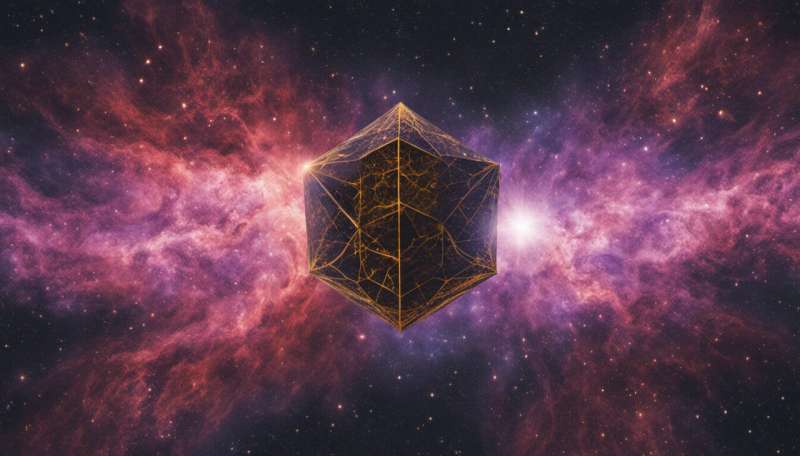
If everything goes according to plan on December 25, we will enter a new era of astronomy with the launch of the James Webb Space Telescope (JWST). It's an event that has been anticipated for a decade—it will be the largest and most expensive and complex telescope ever built, tested and launched into space.
At the time of writing, the US$10 billion (£7.5 billion) telescope has been fuelled for its flight and mounted atop the Ariane 5 rocket at Europe's spaceport in French Guiana, which will carry it in to space.
The launch will be both exciting and terrifying for the thousands of scientists, engineers, managers and support staff who have brought JWST to this point. As chair of the Space Telescope Science Institute Council, which will run the operations center for JWST, I'll share their nervousness.
Skin cell Band-Aid, monoclonal antibodies among experiments launched by SpaceX
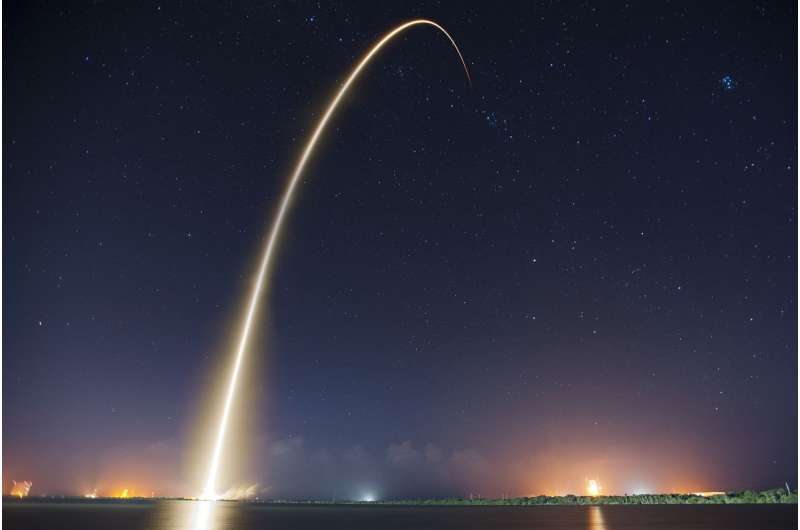
A SpaceX Falcon 9 rocket beat the rain and launched at 5:08 a.m. Tuesday from Kennedy Space Center to bring 6,500 pounds of cargo that includes a variety of medical experiments to the International Space Station.
There was some doubt about the launch as weather reports gave only a 30% chance of favorable conditions, according to a Monday forecast from Cape Canaveral Space Force Station's 45th Weather Squadron. But, the spacecraft lifted off almost exactly as scheduled.
The mission capped off a busy week for SpaceX, which saw successful Falcon 9 launches from Vandenberg Space Force Station in California for its Starlink program on Saturday, and from Canaveral with a Turkish communication satellite on Sunday, a record turnaround with just over 15 hours between launches.
The cargo mission is the 31st Falcon 9 launch in 2021, also a record, and the last planned for the year. It's the 24th resupply mission for the company to the ISS since it began the service in 2012.
Among the experiments headed to space are a handheld bioprinter called Bioprint FirstAid that would use human skin cells to create a 3-D printed tissue Band-Aid of sorts.
New cyber-security centre will safeguard ESA assets and missions

ESA is creating a new centre for cyber-security which will safeguard all Agency systems against outside interference, extending from ESA infrastructure around the globe to satellites in orbit.
ESA highlights 2021
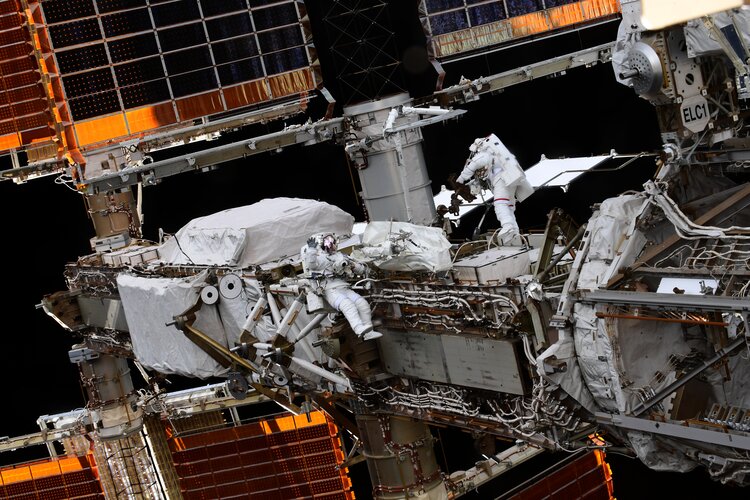 Video:
00:07:25
Video:
00:07:25
We’re almost ready to say goodbye to 2021, a year in which ESA once more succeeded in continuing operations in a challenging global situation, and creating some important milestones in the field of European spaceflight.
As always, ESA has been at the forefront of science, with several science missions en route to their destinations or being prepared for flight, such as BepiColombo, Solar Orbiter, JUICE and ExoMars, and not least rounding off the year with the impending launch of the James Webb Space Telescope. Europe’s Copernicus programme continues to be the largest Earth observation system in the world,
Testing radar to peer into Jupiter’s moons
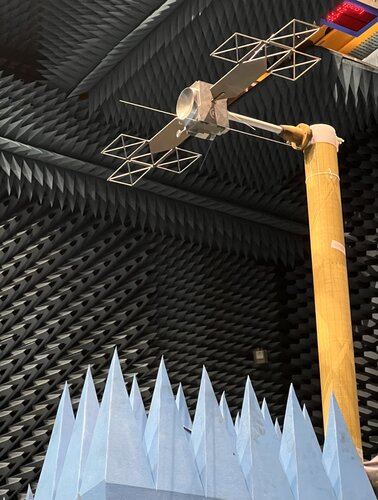 Image:
Testing radar to peer into Jupiter’s moons
Image:
Testing radar to peer into Jupiter’s moons Webb mission page card link

Webb: seeing farther
Webb: seeing farther
High wind postpones launch of NASA's newest space telescope
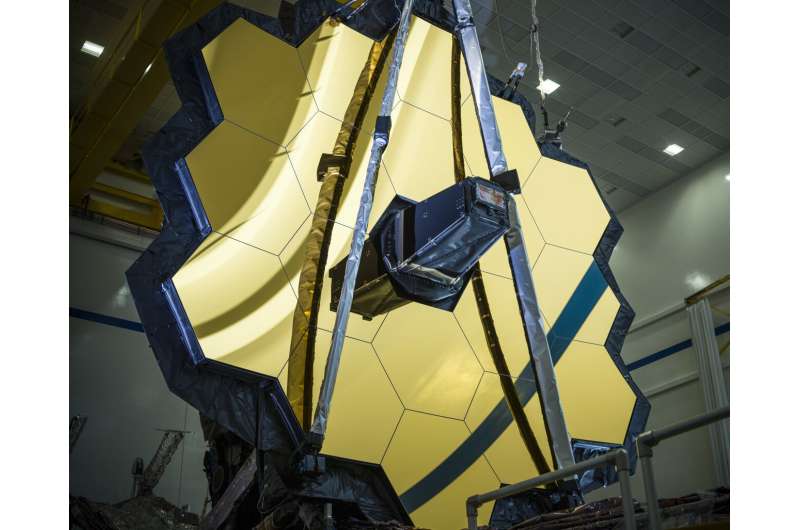
European research for interplanetary isolation
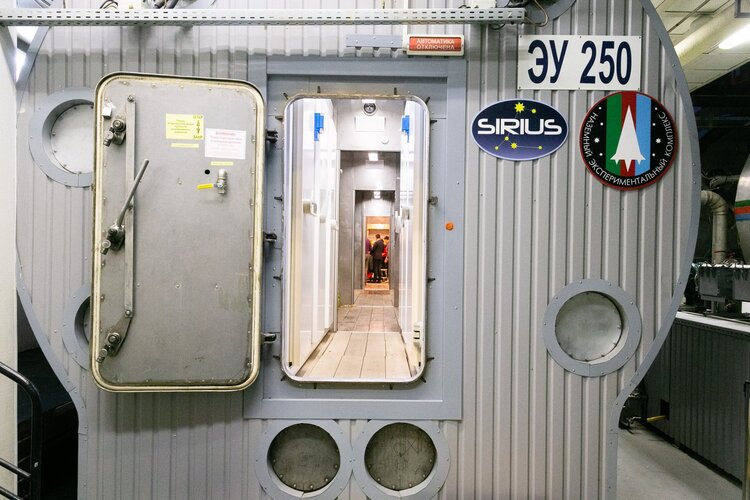
Isolation affects people in different ways. Studies on how humans cope with stress in a secluded environment and with little social interaction are useful to learn about ourselves in challenging times – and to test whether our species is fit for long journeys to other planets.

